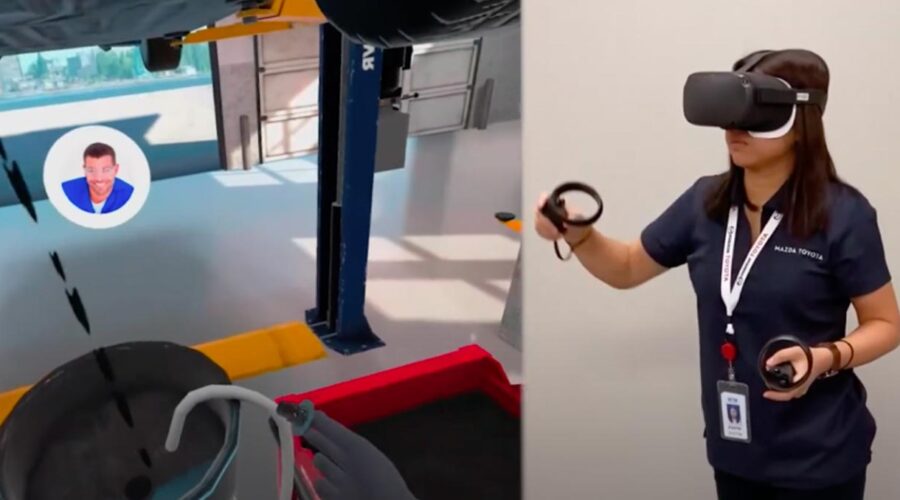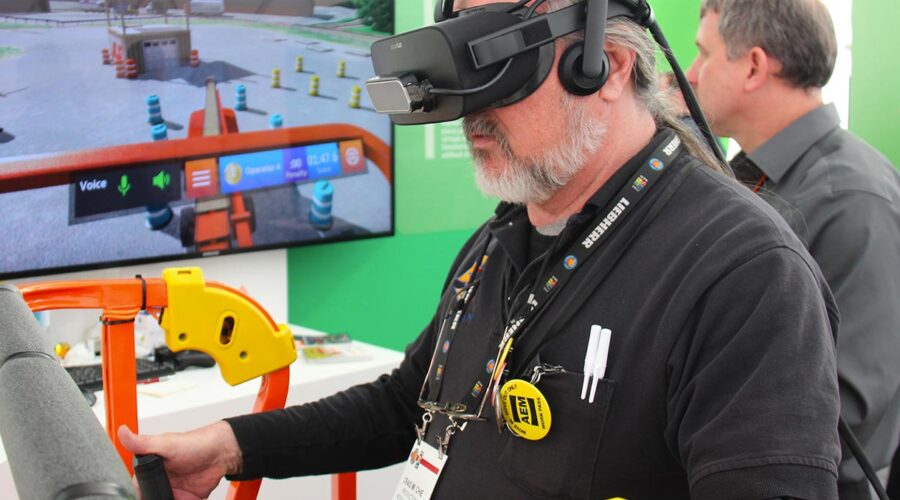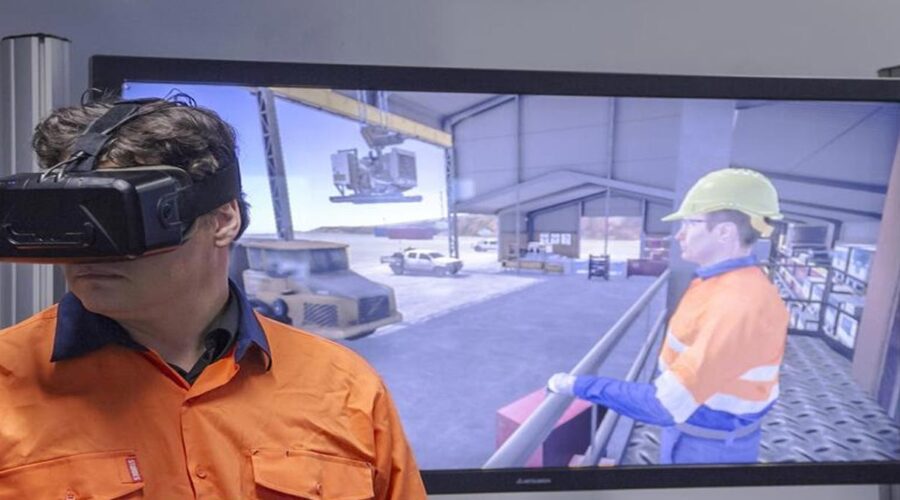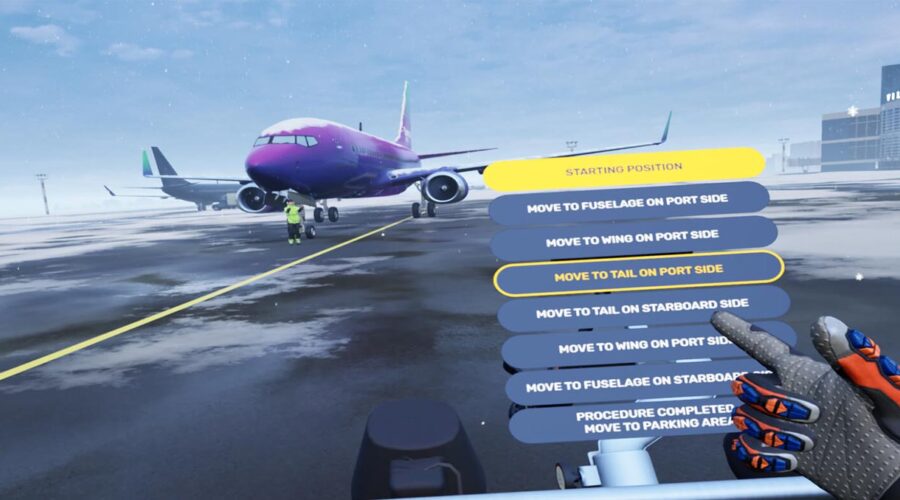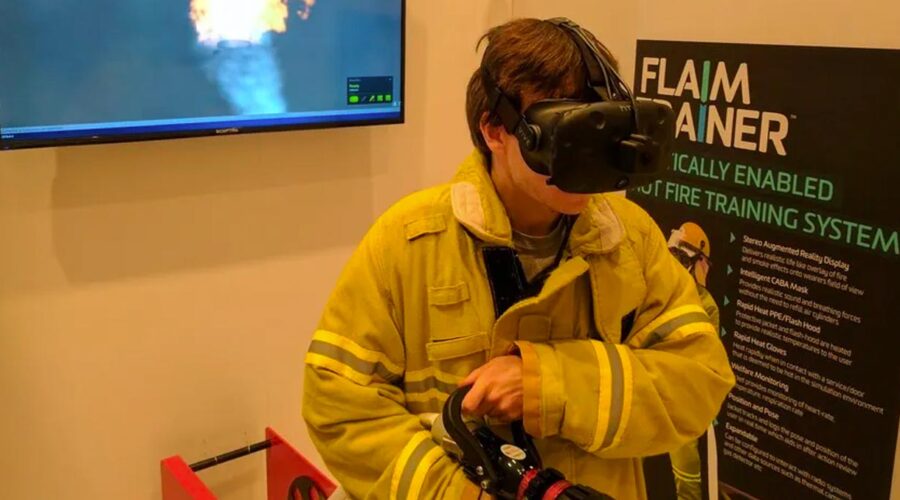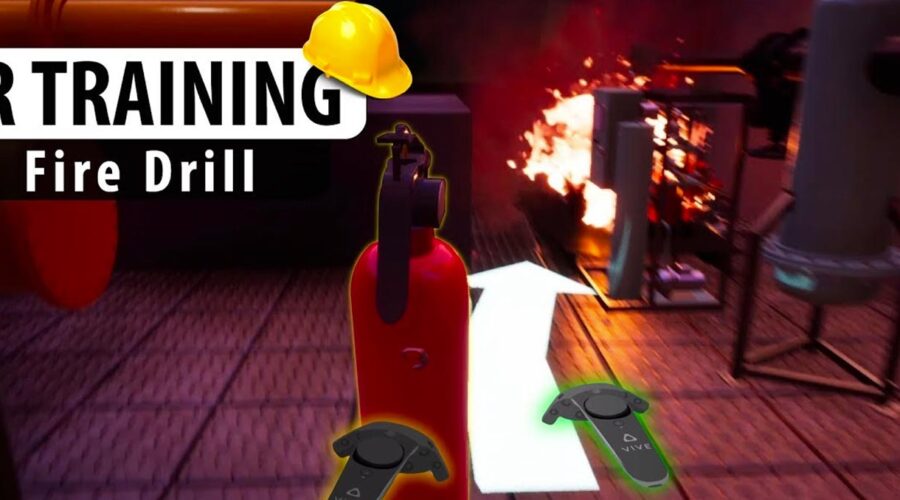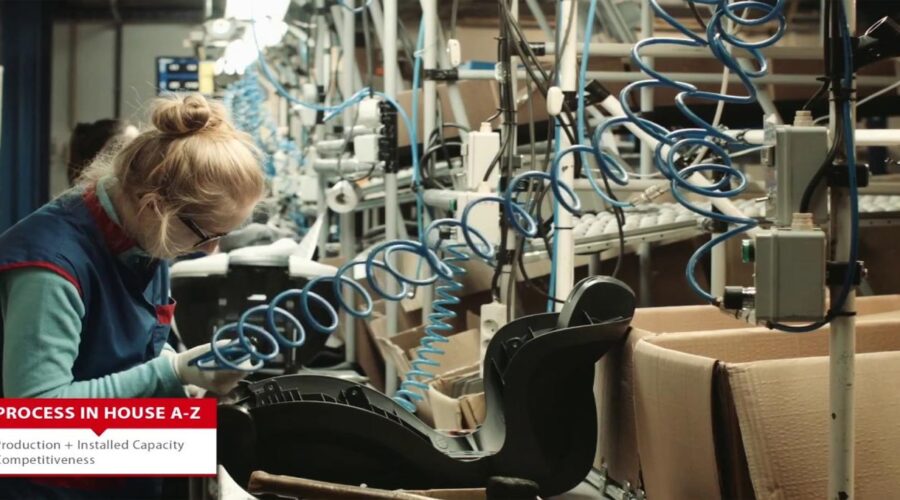How to Use WEB 3.0 Solutions in Employee Traning
Web 3.0 solutions for employee training bring a myriad of benefits to employee training programs, ranging from increased engagement and personalized learning experiences to enhanced collaboration and accessibility. By harnessing the power of immersive technologies, AI-driven personalization, social learning networks, and data analytics, organizations can create effective and impactful training experiences that drive employee growth, improve performance, and contribute to overall organizational success in today’s fast-paced and evolving business landscape.


